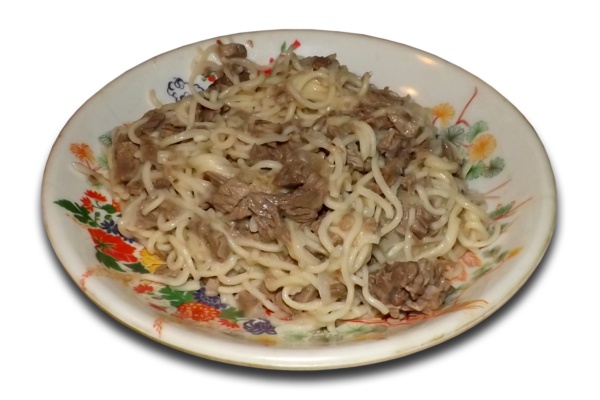Facts About Beshbarmak
Beshbarmak is a cherished traditional dish among the nomadic Turkic peoples of Central Asia and Russia. Known by various names such as naryn, turama, dograma, and kullama depending on the region, the dish’s name "beshbarmak" translates to "five fingers" emphasizing the customary practice of eating it with one's hands.
The main ingredients in beshbarmak include finely chopped boiled meat, noodles, and a special onion sauce called chyk. Central Asian cuisine, shaped by a nomadic lifestyle, heavily features meat and dairy products due to the reliance on livestock.
Serving beshbarmak is a ritualistic event. Different cuts of meat are offered to guests based on their gender, age, and social status, with the host demonstrating respect by presenting the best cuts to honored guests.
To prepare beshbarmak, you need to boil the meat, make the noodle dough, and then mix everything together with the sauce. The dish is traditionally served on a large platter, highlighting the importance of hospitality in Central Asian culture. Sharing a meal of beshbarmak is a nod to nomadic heritage and is considered a significant honor.

 Turkmenistan
Turkmenistan